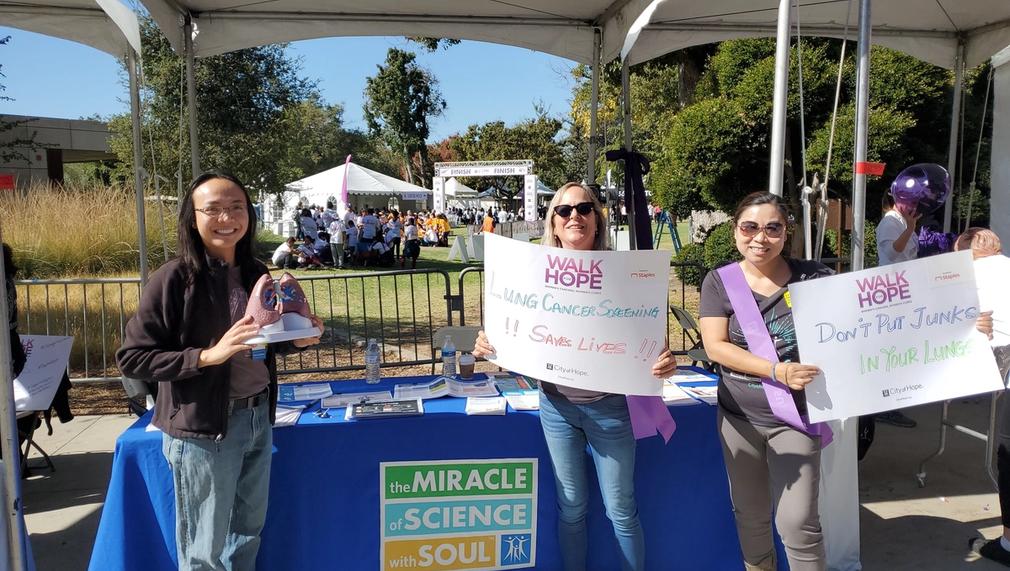Tobacco Use Treatment Navigation Support Connection (TUTNSC)
This project will train culturally and linguistically competent navigators and partner with trusted community organizations to deliver accessible, respectful tobacco cessation support for Medi-Cal and underserved communities. By meeting people where they are—with empathy, cultural humility, and practical tools—we can close the gap in tobacco-related health disparities and empower communities to breathe free.

What is the primary issue area that your application will impact?
Health care access
In which areas of Los Angeles will you be directly working?
San Gabriel Valley South Bay Antelope Valley
In what stage of innovation is this project, program, or initiative?
Pilot or new project, program, or initiative (testing or implementing a new idea)
What is your understanding of the issue that you are seeking to address?
Tobacco use remains a critical public health challenge among Medi-Cal beneficiaries and underserved communities, where access to culturally appropriate cessation services is limited. These populations face a web of barriers including stigma, language differences, and lack of healthcare navigation. Particularly affected are Asian American (AA), American Indian, Native Hawaiian, Alaska Native, and Pacific Islander (AI/AN/NHPI) communities. These groups face some of the highest tobacco-related disparities and are often overlooked in mainstream cessation efforts. Among AA men smoking is often a cultural norm, while stigma and the lack of in-language services discourage help-seeking. AI/AN and NHPI populations have disproportionately high smoking rates, rooted in historical trauma, systemic underfunding of healthcare, and ceremonial vs. habitual tobacco use. Without targeted intervention, these disparities persist—fueling preventable disease and deepening health inequities.
Describe the project, program, or initiative this grant will support to address the issue.
The Tobacco Use Treatment Navigation Support Connection (TUTNSC) is a pilot initiative to reduce tobacco-related disparities among Medi-Cal beneficiaries—especially Asian American and Native Hawaiian/Pacific Islander populations—through culturally responsive outreach and navigation. This project will recruit, train, and deploy a cohort of bilingual tobacco treatment navigators who will engage patients through personalized outreach, facilitate access to evidence-based cessation support, and follow up with patients to reduce relapse. Navigators will be trained using a culturally tailored curriculum co-developed with community and clinical partners.
Activities include in-language outreach at screening events, health centers, and community sites; warm hand-offs to tobacco treatment services; and use of digital tools to track referrals, engagement, and outcomes. The project will also test strategies to integrate navigation into electronic referral systems and cancer screening workflows. What sets TUTNSC apart is its intentional focus on relational trust-building and culturally grounded approaches, bridging gaps that automated or general services cannot reach. City of Hope’s leadership, deep community roots, and health equity focus make it uniquely suited to pilot this innovative model.
Describe how Los Angeles County will be different if your work is successful.
If successful, this project will improve access to culturally and linguistically appropriate tobacco cessation services for Medi-Cal patients, especially Asian American and AI/AN/NHPI communities. In the short term (Oct 2025–Oct 2026), we aim to increase uptake and utilization of tobacco use treatment, lung cancer screening, behavioral health, and other social health resources. City of Hope will train navigators, engage underserved populations, and strengthen referral pathways. In the long term, this model will reduce tobacco-related and clinical burden by scaling navigator support across LA County. It will transform service delivery for underserved populations by embedding culturally responsive care into community and clinical systems, advancing health equity for high-risk communities.
Approximately how many people will be impacted by this project, program, or initiative?
Direct Impact: 10
Indirect Impact: 5,000